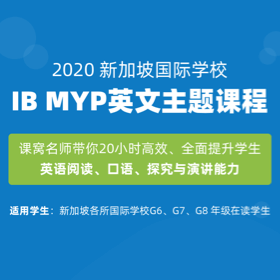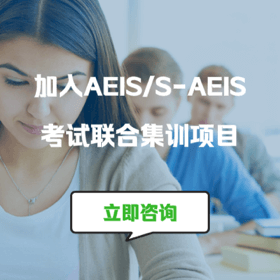CET4翻译真题之京剧

英语是一门非常注重实用的语言,在英语学习中翻译是一种非常重要的评测手段之一,在CET考试中也是如此,小编在这里为大家准备了一些CET4翻译真题,希望能帮助到大家。
京剧是世界上最古老的戏剧艺术形式之一。从唐代起,京剧的表演者被称为 “梨园弟子(theatrical performer)"。在清代,它在老百姓中也开始流行。表演是在茶馆、饭馆,甚至是在临时搭建的舞台上进行的。每个演员的脸上画着夸张的图案,代表每个人物的性格、角色和命运。这种技艺可能源于古代的宗教和舞蹈。熟悉京剧的观众可以通过观察人物的脸部描绘和服装来了解故事。

参考翻译:
Beijing opera is one of the oldest opera art forms inthe world.Since the Tang Dynasty,performers ofBeijing opera were referred to as "theatricalperformers".During the Qing Dynasty,it becamefashionable among ordinary people.Performanceswere watchcd in tearooms, restaurants, and even on makeshift stages.Exaggerated designs arepainted on cach performer's face to symbolize a characters personality,role,and fate.Thistechnique may have originated from ancient religions and dance.Audiences who are familiarwith the opera can know the story by observing the characters' facial paintings as well as theircostumes.
1.每个演员的脸上画着夸张的图案,代表每个人物的性格、角色和命运:“夸张的图案”可译为exaggerateddesigns,exaggerated意为"夸张的,夸大的。“代表”可译为symbolize或represent等。
2.这种技艺可能源于古代的宗教和舞蹈:“源于”可译为originate from,或derive from,originate意为“创始,起源",名词形式为origin,意思是“起源、发源”。
这是一篇关于打麻将的翻译真题,在范文中大家有总结出CET考试上翻译的解题技巧吗?

上一篇: CET4翻译真题之打麻将
下一篇: CET4翻译真题之书法
猜你喜欢

四六级听力的这些玄机你知道吗?
 2017.12.29
2017.12.29

四六级听力总是来不及看选项怎么办?
 2017.12.29
2017.12.29

四六级听力的玄机,稳稳拿到200分
 2017.12.28
2017.12.28

四六级听力如何边听边看题?
 2017.12.28
2017.12.28

